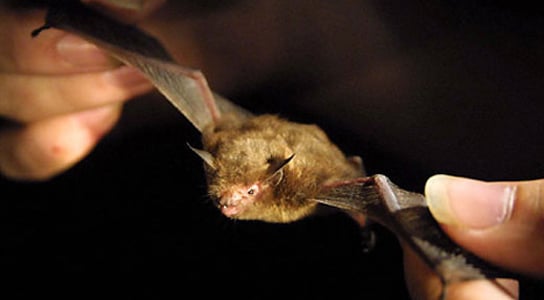ABSTRACT
Selenium-containing proteins, or selenoproteins, are a clear example of how selenium is an essential micronutrient in all three domains of life. Even though selenoproteins are part of very diverse pathways and functions, all of them have in common the presence of at least one selenocysteine (Sec) in their structure. Selenocysteine is an amino acid that contains selenium encoded by the UGA codon, whose normal function is to stop translation. In order to recognize the UGA as a Sec codon rather than a STOP signal, organisms have developed a Sec Insertion Sequence (SECIS) element in the 3’UTR region. Moreover, specific cellular machinery is required in order to synthesize them.
This study aims to identify the selenoproteome and the machinery needed to synthesizing it in a recently sequenced organism: Craseonycteris thonglongyai. We have designed a semi-automatic program in order to be able to annotate the mamipher’s deduced proteins using bioinformatic tools such as tblastn, exonerate, t-coffee and seblastian. In order to predict these proteins, we will use an homology based study. Therefore, we have chosen the Homo sapiens as a reference selenoproteome due to its phylogenetic relation, as well as the high quality of its anotiation, to later align it with the Craseonycteris thonglongyai’s genome.
After carrying out this study, 22 selenoproteins have been found in Craseonycteris thonglongyai, and 7 proteins have been predicted as part of the selenoprotein machinery. About Cys containing homologs, 8 proteins have been described. However, 4 proteins could not been determined as conserved proteins in the studied genome, due not conclusive results.
These results shed light to the importance of selenoproteins in Craseonycteris thonglongyai, as most of these proteins found are highly conserved through mammalians.
 |
|---|
| Figure 1. Craseonycteris thonglongyai. The world's smallest mammal. |